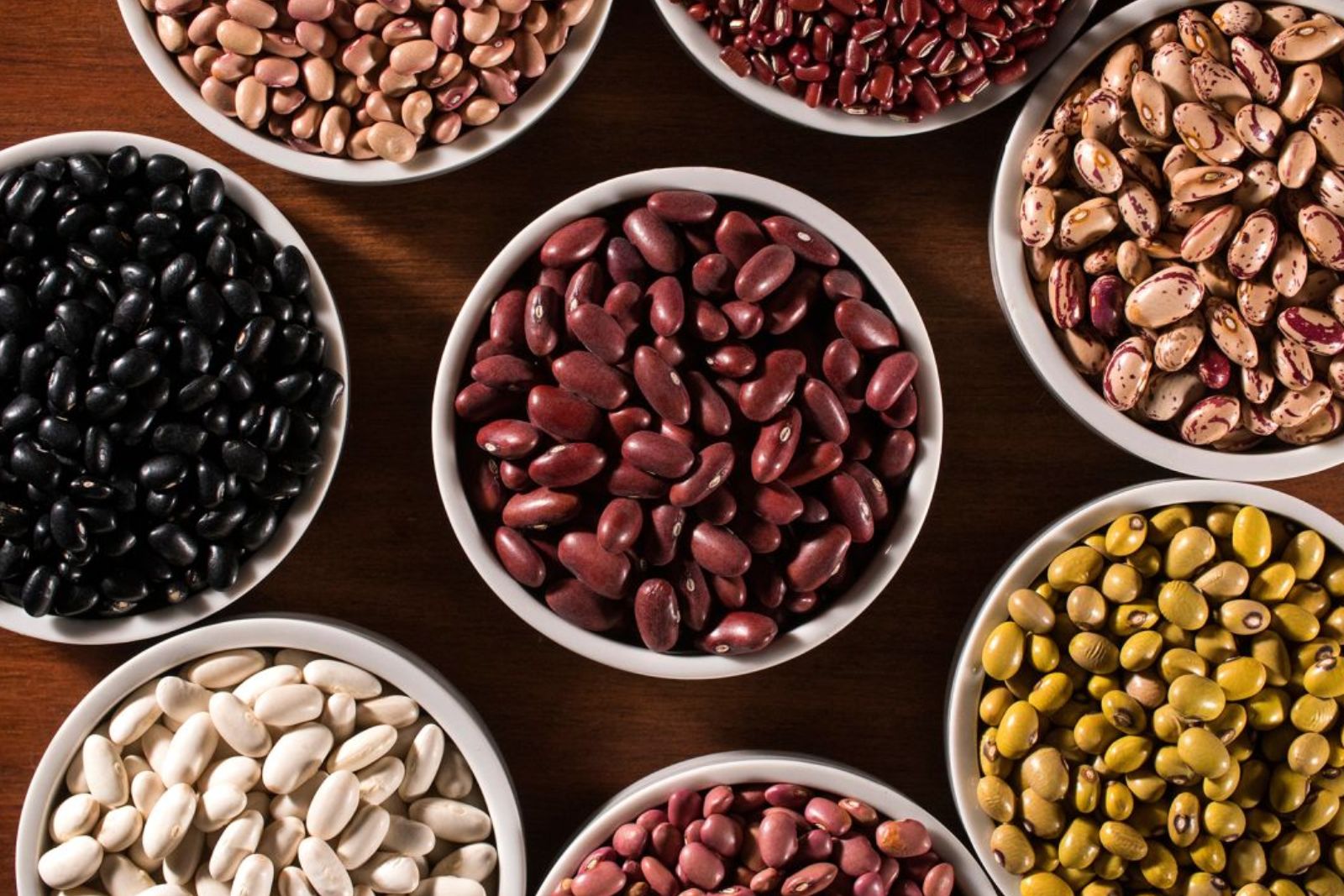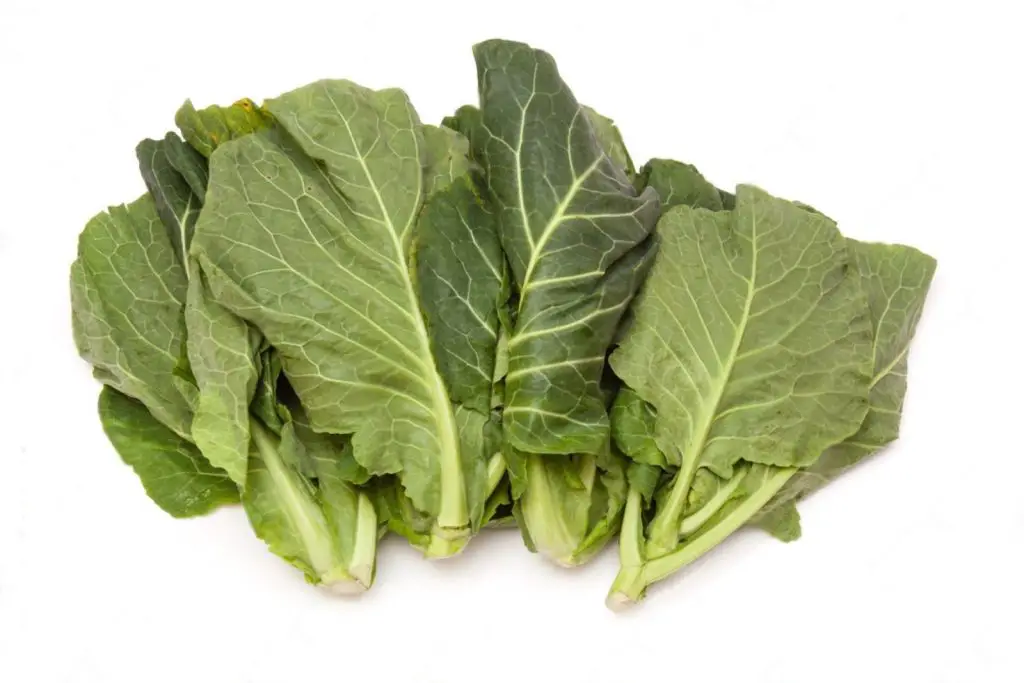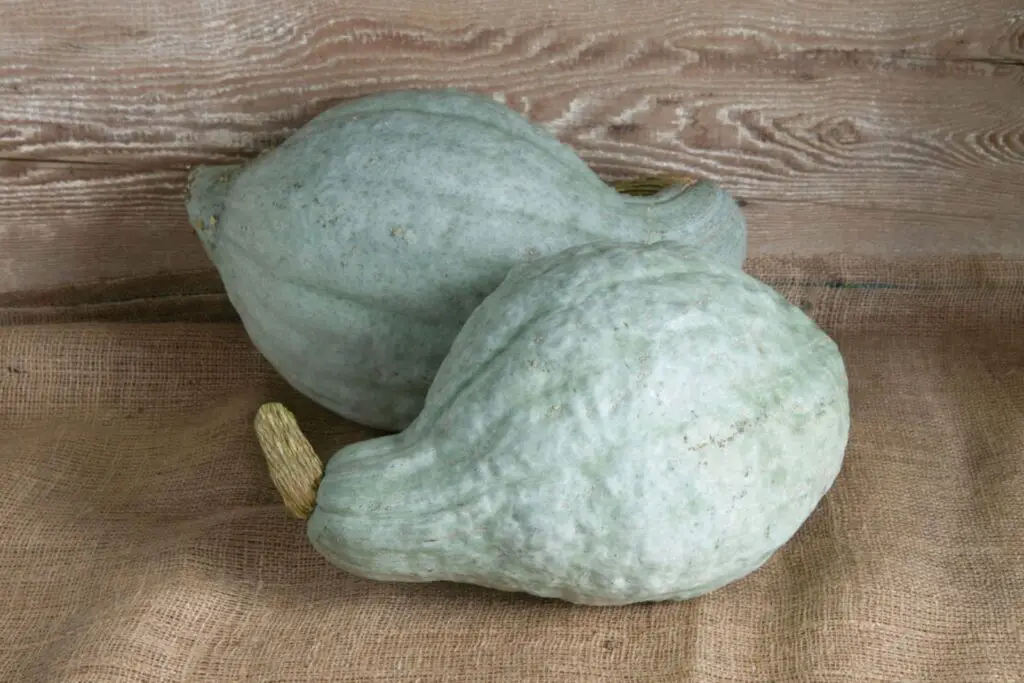
Beans, whether they’re kidney beans, black beans, or green beans, are versatile legumes that provide essential nutrients and a delightful taste to various dishes. These nutrient-rich pods come in different colors, sizes, and shapes, and they’re a staple in many cuisines around the world. While beans are often enjoyed fresh, freezing them can extend their shelf life and allow you to relish their goodness even when they’re not in season. This article presents a step-by-step guide on how to freeze beans properly, ensuring that they maintain their texture, flavor, and nutritional value.
Here’s a comprehensive guide on how to freeze beans:
Step 1: Select high-quality beans
Before embarking on the process of freezing beans, it’s crucial to start with beans of the highest quality. The quality of the beans you choose sets the foundation for the overall success of the freezing process and the final taste and texture of the beans when you decide to use them. Whether you’re dealing with vibrant green beans or hearty dried beans, the selection stage plays a pivotal role in maintaining the excellence of your frozen beans.
- For Green Beans: When opting for green beans, look for specimens that boast a vibrant color and a crisp texture. The best green beans are those that snap easily when bent, indicating their freshness. Avoid beans that appear limp, discolored, or have visible blemishes, as these could signify a decline in quality.
- For Dried Beans: If you’re working with dried beans, a process that involves rehydrating them before cooking, prioritize beans that are plump, uniform in size, and free from cracks. A thorough examination of the dried beans is essential to ensure that there are no foreign objects or debris mixed in with the batch.
Starting with high-quality beans ensures that the freezing process preserves their natural flavor, color, and texture. Fresh, firm beans not only freeze more effectively but also contribute to better-tasting dishes when you eventually decide to use them. Whether you’re planning to add them to stews, salads, or other culinary creations, the careful selection of beans at the outset sets the stage for a successful and enjoyable freezing experience.
Step 2: Prepare and wash the beans
Once you’ve chosen high-quality beans, the next step in the freezing process involves careful preparation and cleaning. Properly preparing the beans not only ensures their cleanliness but also contributes to their overall quality and taste after freezing.
- For Green Beans: If you’re working with fresh green beans, the first task is to give them a thorough wash. Place the beans under cold running water and gently rub them to remove any dirt, dust, or residue that may be present. Pay extra attention to the crevices and curves of the beans to ensure a comprehensive cleaning. After washing, trim the ends of the beans, removing any tough or woody portions. You can also choose to cut them into your desired size, whether it’s bite-sized pieces or longer spears.
- For Dried Beans: Dealing with dried beans requires a different approach due to their initial state of dehydration. Before freezing, dried beans need to be rehydrated to restore their natural texture and taste. To do this, place the dried beans in a bowl and cover them with plenty of cold water. Allow them to soak overnight or for at least 8 hours. This soaking process softens the beans, making them suitable for cooking. Once the beans have rehydrated, drain and rinse them before proceeding with the freezing process.
Properly preparing and cleaning the beans is essential for maintaining their integrity during freezing and subsequent cooking. Cleaned and trimmed green beans freeze better and retain their vibrant color, while soaked and rehydrated dried beans ensure even cooking and a satisfying texture in your dishes. By taking the time to prepare the beans correctly, you set the stage for successful freezing and future culinary delights.
Step 3: Blanch the beans
Blanching is a culinary technique that plays a pivotal role in the freezing process, particularly for beans. It involves a brief exposure to boiling water followed by rapid cooling in ice water. This technique serves to preserve the color, texture, and flavor of the beans, creating a foundation for their quality during freezing and later use.
The Process:
- For Green Beans:
- To blanch green beans, start by bringing a pot of water to a rolling boil. Meanwhile, prepare an ice water bath by filling a bowl with cold water and adding ice cubes. Submerge the cleaned and trimmed green beans into the boiling water using a slotted spoon or a blanching basket. The boiling water softens the beans slightly and helps retain their vibrant green color.
- Allow the green beans to blanch for a couple of minutes. The exact time may vary depending on the thickness of the beans, but generally, 2 to 3 minutes should suffice. Be cautious not to over-blanch, as this could result in the beans becoming too soft or losing their bright color.
- After blanching, promptly transfer the green beans to the prepared ice water bath. This rapid cooling halts the cooking process and locks in the beans’ color and texture. Once the beans are thoroughly cooled, drain them and pat them dry with a clean towel. They are now ready for the freezing process.
- For Dried Beans:
Blanching dried beans follows a slightly different approach. Dried beans should be boiled in water until they’re slightly softened. The blanching duration varies based on the type and size of the dried beans. This step is essential to partially rehydrate the beans and initiate the cooking process, making them more suitable for freezing and future cooking endeavors.
The Purpose:
Blanching serves multiple purposes in the freezing process. Firstly, it helps to inactivate enzymes present in the beans that can cause loss of flavor, color, and nutrients during storage. Additionally, blanching eliminates any surface dirt or microorganisms, enhancing the beans’ overall cleanliness.
Should I blanch beans if I plan to use them in soups or stews?
Yes, blanching beans is advisable even for soups or stews. Blanching preserves color, texture, and flavor, enhancing the overall quality of the final dish. It also inactivates enzymes that can cause undesirable changes during freezing.
Step 4: Cool and drain
After blanching, the beans require careful handling to prepare them for the freezing process. Cooling and draining the beans are essential steps that contribute to maintaining their texture, preventing excess moisture, and ensuring successful freezing.
- Cooling Process:
Once the blanching process is complete, promptly remove the beans from the ice water bath. The ice water bath serves to halt the cooking process initiated by blanching and prevents the beans from becoming overcooked. Cooling the beans quickly also helps lock in their color and nutrients.
- Draining:
After removing the beans from the ice water bath, allow them to drain thoroughly. Excess moisture on the surface of the beans can lead to the formation of ice crystals during freezing, potentially affecting the overall texture and quality of the beans. Proper drainage is crucial to prevent this unwanted outcome.
- Drying:
Once the beans are drained, take the additional step of patting them dry with a clean towel or paper towels. Gently blotting the beans helps to remove any remaining moisture on the surface. This step is particularly important for preventing freezer burn—the formation of ice crystals on the beans’ surface during freezing. Freezer burn can cause a loss of quality, taste, and texture.
- The Importance:
Cooling, draining, and drying the beans contribute to their overall quality during freezing and eventual use. By allowing the beans to cool completely, you ensure that they don’t retain excess heat that could lead to unwanted cooking or moisture accumulation. Proper drainage and drying minimize the risk of freezer burn and ice crystal formation, preserving the beans’ texture and taste.
Step 5: Arrange for freezing
The arrangement of blanched and dried beans on a baking sheet is a strategic step in the freezing process that directly influences the quality of the frozen beans. This step is designed to prevent clumping and ensure that the beans maintain their individuality, making it easier to work with and portion them out when they’re frozen.
- The Purpose:
Clumping can occur when beans freeze together due to moisture or their sticky surfaces coming into contact during the freezing process. Clumped beans can be difficult to separate when you want to use them, potentially leading to uneven cooking or an altered texture in your dishes. By arranging the beans in a single layer on a baking sheet before freezing, you actively address this concern.
- The Process:
After cooling and drying the beans, spread them out on a baking sheet in a single layer. This arrangement allows each bean to freeze individually, without coming into contact with other beans. Placing them in a single layer minimizes the chances of them sticking together as they freeze. For optimal results, ensure that the beans are not overcrowded on the baking sheet, leaving enough space between them.
- The Benefits:
By preventing clumping, you’re ensuring that the frozen beans remain easy to work with. When it comes time to use the beans in your dishes, you can simply grab the desired quantity without having to break apart frozen clusters. This helps maintain the beans’ original texture, shape, and overall quality.
- Convenience in Portioning:
The arrangement on a baking sheet also offers the advantage of portioning convenience. Once the beans are frozen individually on the baking sheet, you can transfer them into containers or resealable bags without worrying about them sticking together. This makes it easy to take out just the amount you need for each meal, reducing waste and making meal preparation more efficient.
Step 6: Flash-freeze the beans
Flash-freezing is a technique employed to preserve the individuality of each bean during the freezing process. This method involves quickly freezing the beans at a lower temperature than conventional freezing. By placing the beans in a single layer on a baking sheet and subjecting them to rapid freezing, you ensure that each bean retains its shape, texture, and flavor, while preventing them from sticking together.
- The Process:
Once the beans are spread out in a single layer on a baking sheet, place the sheet in the freezer. Allow the beans to remain in the freezer for a few hours until they are frozen solid. Unlike conventional freezing, where items freeze gradually, flash-freezing involves a quicker freezing process that prevents the formation of large ice crystals within the beans. Large ice crystals can damage cell structures and lead to loss of quality.
- Preserving Individuality:
The primary goal of flash-freezing is to preserve the individuality of each bean. Because the beans freeze quickly, the water within them has less time to form large ice crystals. This prevents the beans from becoming mushy and helps them retain their natural shape and texture. Additionally, the rapid freezing process minimizes the chances of beans sticking together.
- Preventing Clumping:
Flash-freezing prevents the beans from sticking together because they freeze individually before they have a chance to come into contact with their neighboring beans. This is particularly important when you plan to store the beans for an extended period. Clumped beans can be challenging to separate, and their texture can be compromised when thawed.
- Retaining Quality:
By quickly freezing the beans, you’re locking in their quality at its peak. This is particularly beneficial for maintaining the color, flavor, and nutrient content of the beans. The process also ensures that the beans don’t undergo significant changes in texture during freezing, allowing you to enjoy them in their intended state when you decide to use them.
- Efficiency in Portioning:
Flash-freezing also enhances the convenience of portioning. Once the beans are frozen individually, you can easily transfer them to containers or resealable bags without worrying about them sticking together. This makes it hassle-free to take out just the amount you need for each cooking session.
Step 7: Package and seal
After flash-freezing the beans, the next crucial step is to properly package and seal them for storage in the freezer. This step ensures that the beans remain well-preserved, maintaining their taste, texture, and nutritional value over an extended period.
- The Process:
- Transfer to Containers or Bags: Carefully remove the flash-frozen beans from the baking sheet and transfer them into airtight freezer-safe containers or resealable plastic bags. Both options work well for freezing, and your choice may depend on the available space and your preferred storage method.
- Squeeze Out Air: Regardless of the container or bag you choose, it’s essential to eliminate as much air as possible before sealing. Air exposure can lead to freezer burn, which can negatively impact the quality of the frozen beans. Freezer burn occurs when moisture within the beans evaporates and then recondenses on their surface, causing a change in texture and flavor.
- Preventing Freezer Burn:
Squeezing out air from the packaging is a key strategy for preventing freezer burn. Freezer burn doesn’t make the beans unsafe to eat, but it can result in a loss of quality and flavor. The process of removing air reduces the chances of moisture loss and ice crystal formation on the beans’ surface.
- Using Airtight Containers:
Airtight freezer-safe containers are designed to provide a strong barrier against air and moisture. They are a reliable option for preserving the quality of the beans. Make sure to leave a small amount of space at the top of the container to allow for any potential expansion as the beans freeze.
- Using Resealable Plastic Bags:
Resealable plastic bags are another effective choice. Place the flash-frozen beans into the bag, press out as much air as possible, and then seal the bag tightly. If using this method, consider using a double-sealing technique to ensure a secure closure.
Step 8: Label and date
Labeling and dating your frozen bean packages might seem like a simple step, but it holds significant importance in maintaining organization, ensuring food safety, and optimizing the quality of your frozen beans.
- Labeling for Clarity:
When you clearly label each package with the type of beans, you’re creating a straightforward reference for yourself. Whether you have multiple types of beans or a variety of frozen foods in your freezer, the labels allow you to quickly identify the contents without having to open each package. This saves you time and prevents any confusion when you’re selecting ingredients for your meals.
- Tracking the Freezing Date:
Adding the freezing date to the label is equally crucial. Frozen beans, like any other frozen food, have a recommended storage duration for maintaining their peak quality. By dating the packages, you ensure that you use the oldest beans first. This practice follows the principle of “first in, first out” (FIFO), which means using the oldest items before the newer ones. This rotation strategy guarantees that you enjoy your beans at their best and minimize the chances of any beans going to waste due to extended storage.
- Maintaining Quality and Safety:
Beans that have been stored for a long time may experience a decline in texture, flavor, and nutrient content. Labeling and dating help you to avoid using beans that might have surpassed their ideal storage time. By using the oldest beans first, you’re ensuring that your dishes are consistently delicious and nutritious.
- Food Safety Consideration:
Proper labeling and dating also contribute to food safety. Knowing when the beans were frozen helps you adhere to recommended storage guidelines. While frozen beans generally remain safe to eat beyond their suggested storage period, they might not be of the highest quality. Proper labeling prevents any uncertainties and aids in making informed decisions about the foods you consume.
- Efficiency and Planning:
Organizing your frozen foods with clear labels and dates enhances your overall meal planning and preparation efficiency. When you know exactly what you have on hand and its condition, you can make better decisions about what to cook and when. This approach saves time, reduces food waste, and ensures that you always have a selection of high-quality ingredients at your disposal.
Step 9: Store in the freezer
The final step in freezing beans is storing them in the freezer, where they can be preserved for an extended period. Proper storage ensures that the beans maintain their flavor, texture, and nutritional value until you’re ready to use them.
- Choosing the Coldest Part:
When placing the sealed bean packages in the freezer, opt for the coldest part of the freezer. This is typically the back or bottom shelf. The coldest areas help maintain a consistently low temperature, minimizing the risk of temperature fluctuations that can lead to freezer burn or a decline in quality.
- Optimal Storage Duration:
Frozen beans are at their best quality when consumed within a certain timeframe. Generally, frozen beans can maintain their quality for 6 to 12 months. However, this duration can vary based on factors such as the type of beans, the packaging, and the overall conditions of your freezer. While beans might still be safe to eat beyond this timeframe, their taste, texture, and nutritional content may gradually diminish.
- Why the Coldest Part Matters:
Storing beans in the coldest part of the freezer ensures that they freeze quickly and remain consistently frozen. Rapid freezing helps to preserve the beans’ texture by preventing the formation of large ice crystals. Large ice crystals can damage the cell structure of the beans, leading to changes in taste and texture.
- Avoiding Temperature Fluctuations:
Temperature fluctuations within the freezer can result from factors such as opening the freezer door frequently or storing items that release heat. Placing the beans in the coldest part of the freezer minimizes exposure to these fluctuations, safeguarding their quality.
- Proper Packaging Matters:
The quality of the packaging you’ve used—airtight containers or resealable plastic bags—also plays a role in maintaining the beans’ quality during storage. Properly sealed packaging prevents moisture loss and exposure to air, both of which can contribute to freezer burn.
- Convenience and Versatility:
Storing beans in the freezer offers you convenience and versatility in your cooking endeavors. With a supply of frozen beans on hand, you can easily incorporate them into a variety of dishes, from soups and stews to salads and side dishes. Having frozen beans readily available can simplify meal preparation and planning.
Other related questions
How do I defrost beans?
To defrost beans, transfer the sealed package from the freezer to the refrigerator. Allow beans to thaw slowly for several hours or overnight. For quicker defrosting, use the microwave’s defrost setting or place beans in a sealed plastic bag and submerge in cold water.
Can I refreeze beans?
Refreezing beans is possible but may affect texture and quality. Once thawed, beans’ cell structure changes, leading to potential loss of flavor and texture after a second freeze. If reheated properly, safety risks are minimal, but it’s best to use freshly thawed beans in cooking.
How do I know if the beans have gone bad after being frozen?
Signs of frozen beans gone bad include freezer burn (dry, discolored spots), changes in odor or taste, and a mushy texture. Visible ice crystals or frost on beans indicate improper storage. If in doubt, discard beans; safety is priority.
Can I freeze beans without blanching them first?
Freezing beans without blanching is possible but can affect quality. Blanching inactivates enzymes that lead to flavor and texture loss during storage. While skipping blanching is an option, blanched beans generally maintain better taste, color, and texture after freezing.
Can I freeze cooked beans from a can?
Yes, you can freeze cooked beans from a can. Drain and rinse beans before freezing. Store them in airtight containers or resealable bags, leaving space for expansion. Use within a few months for optimal quality.
Should I freeze beans with or without seasoning?
For versatility, freeze beans plain without seasoning. Adding seasoning after thawing preserves taste and avoids potential changes in flavor or texture. Seasoned beans can also be frozen, but they may limit usage options in recipes.
Are there any types of beans that don’t freeze well?
Most beans freeze well, but some, like kidney beans, may experience texture changes. Kidney beans can become mealy when frozen. Test small batches before freezing large quantities, and adjust cooking methods if needed.








